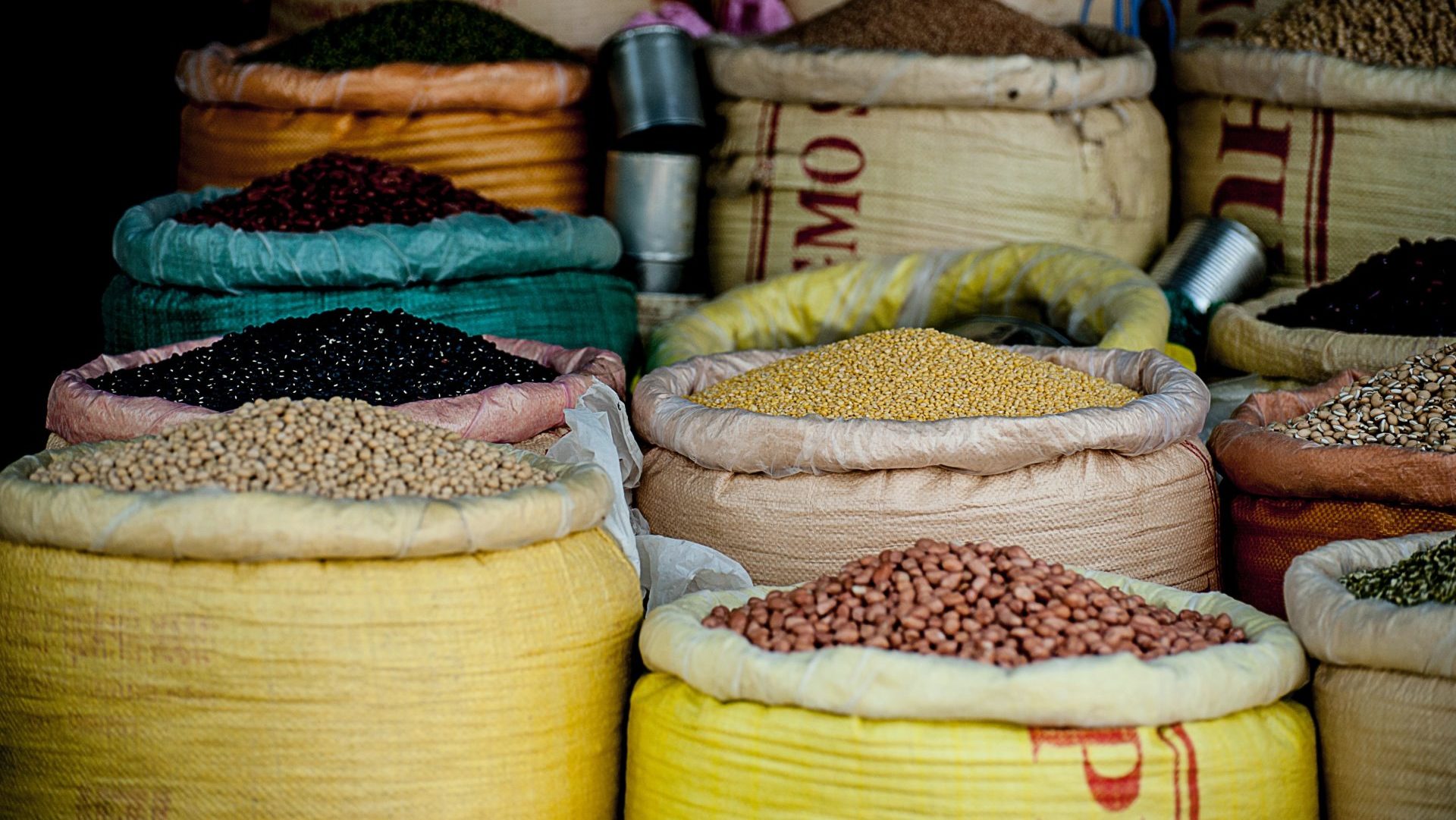By Professor Caroline Orfila, School of Food Science and Nutrition & Global Food and Environment Institute, University of Leeds
Can the African Food System be both climate-smart and nutrition-sensitive?
This is a question that I have been researching over the last few years as part of the GCRF-AFRICAP project. I have been fortunate to work with a number of scientists across sub-Saharan African and to visit the continent several times.
I have been very impressed by the scientists’ commitment to meeting the United Nation’s Sustainable Development Goals (SDGs). I have learned a lot from them, and I am very grateful.
Unfortunately, hunger is still prevalent in parts of sub-Saharan Africa. I have seen how rural communities and households experience the double burden posed by chronic malnutrition and climate change.
Climate change is having severe effects on agricultural productivity, with drought, heat, and pests severely diminishing harvests and leading to insufficient and inadequate food access for rural populations.
Based on research by my group and many others, I propose that for the food system to be climate-smart and nutrition-sensitive, a number of actions need to be taken:
- Promote diversification of agricultural production to include drought-, heat-, and pest-resistant staple crops (maize, but also millet, sorghum, potatoes, cassava, bananas, and other crops adapted to African conditions) as well as agricultural practices that restore rural ecosystems.
- Enable sustainable production of high-quality protein sources, including legumes, mushrooms, insects, fish, poultry, and other livestock.
- Facilitate community-based cultivation of fruits and vegetables that are rich in micronutrients.
- Invest in low-cost food processing technologies, at scale, to extend shelf life and improve the palatability of foods without detriment to nutritional quality.
- Promote fair and inclusive market participation of farming communities, including women and the youth, at both local and wider scales.
- Champion a circular bioeconomy that valorises agricultural by-products and reduces waste and pollution.

Low-cost food processing technologies and the circular bioeconomy are a particular interest of mine.
Examples of low-cost technologies include:
- High pressure processing and controlled fermentation.
- Hard-to-cook legumes, such as beans, can be canned to increase palatability and release nutrients, and they can be milled into protein-rich powders to increase the qualityof staple foods.
- Agricultural by-products such as potato and citrus peels can be converted to high-value, food-grade ingredients, preservatives, and packaging materials, contributing to food loss prevention and promoting a circular rural bioeconomy.
Can the food system be both climate-smart and nutrition-sensitive? I believe it can be. It requires science-led innovation solutions, coordination of food system actors, and strong leadership at community, country, regional, and global levels.
I look forward to continue investigating this very important research question and collaborating with African scientists as part of the Food Systems Research Network for Africa (FSNet-Africa).
This blog and associated vlog is part of a joint campaign for World Food Day led by the ARUA-UKRI GCRF Food Systems Research Network for Africa (FSNet-Africa) in partnership with the Food, Agriculture, and Natural Resources Policy Analysis Network (FANRPAN), the University of Leeds’ Global Food and Environment Institute (GFEI), and the GCRF AFRICAP programme. Follow the campaign on Twitter @gcrfafricap, or visit our partners’ websites over the next two weeks – University of Pretoria, FANRPAN, and GFEI.
